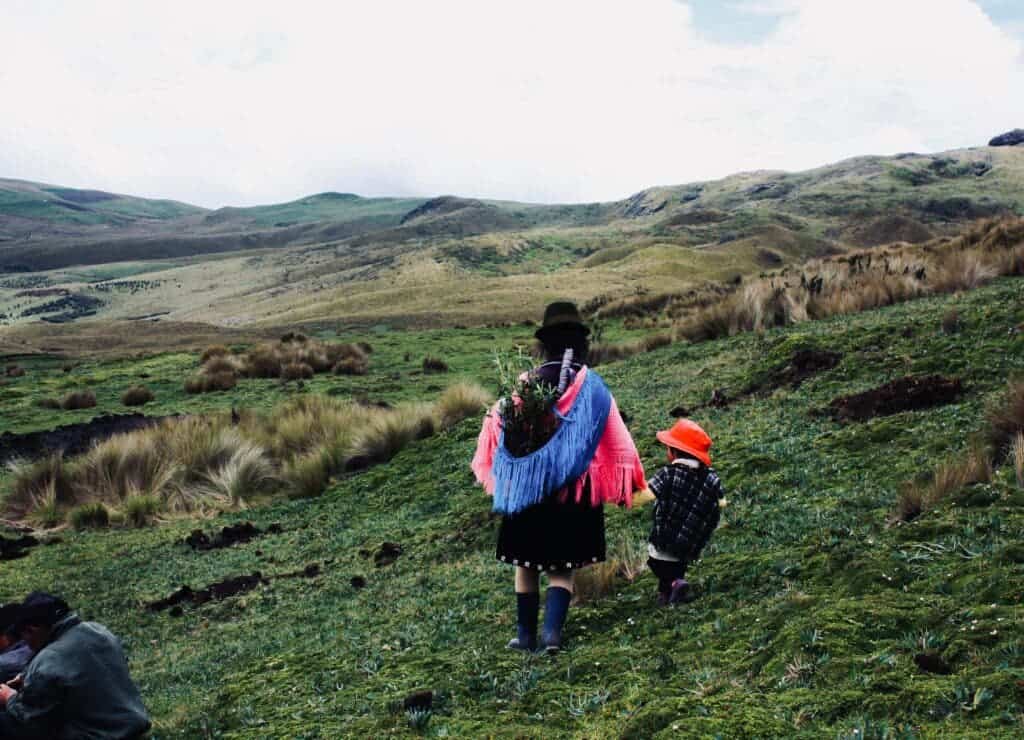Effective and long-term conservation of biodiversity can benefit greatly from empowering and supporting indigenous and local communities around the world, a new study has found. Researchers reviewed the outcomes of 169 conservation projects and found that more than half were successful when local communities were involved in the process.

While discussions over what proportion of the land marine environment should be protected are quite common, we don’t talk about how nature should be conserved and by whom nearly enough. This undermines important debates on how biodiversity conservation should be done, by whom and with what outcomes. In other words, we’re only talking about one aspect of nature conservation, and leaving the others in the background — that’s not good.
With this in mind, a group of 17 researchers from diverse universities decided to explore how governance, the role that decision making plays in conservation efforts, can affect biodiversity and the well-being of indigenous communities. To do so, they reviewed 169 publications that referred to conservation projects around the world. Turns out, involving local communities offers a great boon to most conservation projects.
To the researchers’ surprise, 56% of the studies mentioned positive outcomes for both communities and for nature when a local control is implemented. Meanwhile, when projects were externally managed, only 16% referred to positive outcomes. More than a third of cases also had conservation problems due to conflicts with communities.
“It is time to focus on who conserves nature and how, instead of what percentage of the Earth to fence off,” Neil Dawson, lead author of the study, said in a statement. “Conservation led by indigenous peoples and local communities, based on their own knowledge and tenure systems, is far more likely to deliver positive outcomes for nature.”
Conservation efforts

Locally-controlled conservation produces better outcomes because it fosters active and collective stewardship of the environment, the researchers said. Such approaches can establish a shared vision for the landscape communities inhabit and mobilize people to preserve, restore and defend it while adapting to any threats or changes.
But it’s not that simple. Local institutions can also be as complex as the ecosystems they govern. Just giving control of the land to the communities doesn’t automatically guarantee conservation success. There has to be social inclusion, effective leadership, shared knowledge and community cohesion too. The key is a mixture between the locals and external support and knowledge.
Conservation organizations and governments are usually the ones behind most conservation projects around the world but they tend to exclude or control local communities, the authors argue. This ends up creating a level of resistance from the people on the ground, who feel excluded from what’s going on in their own communities.
That’s why it’s highly advisable for indigenous leaders to be part of conservation efforts, with support from outside such as policies that recognize their knowledge systems and values, the study concluded. Approaches that affirm local rights are most likely to be successful in the long-term, while exclusive ones are no longer justifiable.
“Conservation strategies need to change, to recognize that the most important factor in achieving positive conservation outcomes is not the level of restrictions or magnitude of benefits provided to local communities, but rather recognising local cultural practices and decision-making. It is imperative to shift now towards an era of conservation through stewardship,” Dawson said.
The policy message is then to transition to more equitable and effective conservation. The currently ongoing biodiversity negotiations, with an upcoming meeting later this year, have to ensure that the role of indigenous communities in biodiversity conservation is recognized. If not, ecological decline and social harms are set to continue, the authors said.
The study was published in the journal of Ecology and Society.


